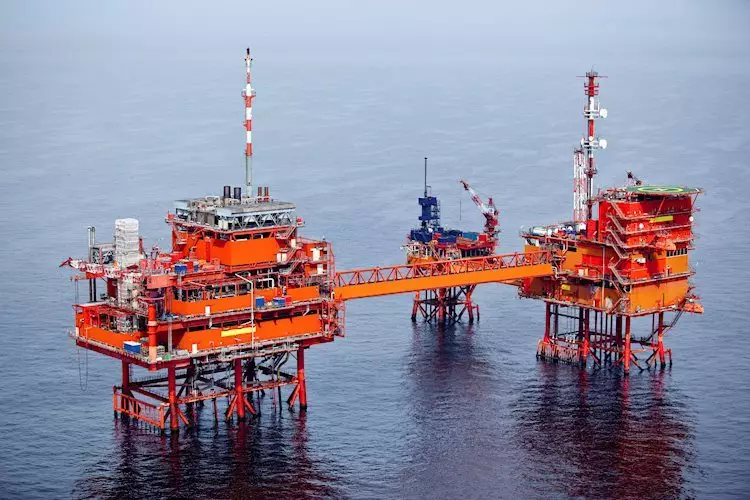Recent revisions by both the Organization of the Petroleum Exporting Countries (OPEC) and the International Energy Agency (IEA) indicate a notable downward trend in oil demand forecasts. Commerzbank’s commodity analyst Carsten Fritsch highlights that OPEC has adjusted its expectations for oil demand growth, now predicting an increase of 1.9 million barrels per day for this year and a slightly lower 1.7 million barrels per day for the subsequent year—both figures are 100,000 barrels less than earlier predictions. This adjustment demonstrates a cautious but significant shift in how OPEC views market conditions, particularly in light of the uncertainty surrounding key markets such as China.
The analytical gap between OPEC’s and IEA’s forecasts is striking. OPEC remains more optimistic about Chinese oil demand, anticipating a rise of 580,000 barrels per day this year, compared to the IEA’s significantly lower expectation of just 150,000 barrels. This difference accentuates the discrepancies in how both organizations interpret the health of the global oil market. The IEA’s forecast for Chinese demand growth in the coming year is also modest, estimating a mere increase of 220,000 barrels per day. Such conservative projections underscore the challenges facing oil consumption in a country that has historically been a primary driver of growth in global oil demand.
An alarming trend emerges when examining raw import volumes and processing rates. In September, crude oil imports plummeted for the fifth consecutive month on a year-over-year comparison, while crude oil processing rates fell for the sixth month in a row. These figures not only reflect declining demand but also suggest deeper issues within China’s economic recovery and its evolving energy strategies. The dip in demand could signal a transition towards more sustainable energy sources, a trend that may further erode traditional fossil fuel consumption patterns.
Given OPEC’s current projections, the oil market appears poised for significant undersupply, even if planned voluntary production cuts by OPEC+ are executed as scheduled from December onward. This potential imbalance raises pressing questions about market stability and price dynamics. If demand does not align with OPEC’s optimistic expectations, the gradual withdrawal of production cuts could exacerbate the situation, leading to oversupply scenarios that disrupt pricing structures.
As global markets navigate these complexities, it is essential for stakeholders to stay vigilant and readily adapt to evolving conditions. The interplay between demand forecasts and actual consumption rates will play a crucial role in shaping the future of the oil market. With evidence pointing towards a cautious outlook and signs of sluggish demand recovery, both OPEC and the IEA may need to recalibrate their expectations moving forward. Ultimately, the oil industry must reconcile these forecasts with geopolitical dynamics and emerging energy trends to ensure a balanced and sustainable approach to future energy needs.

